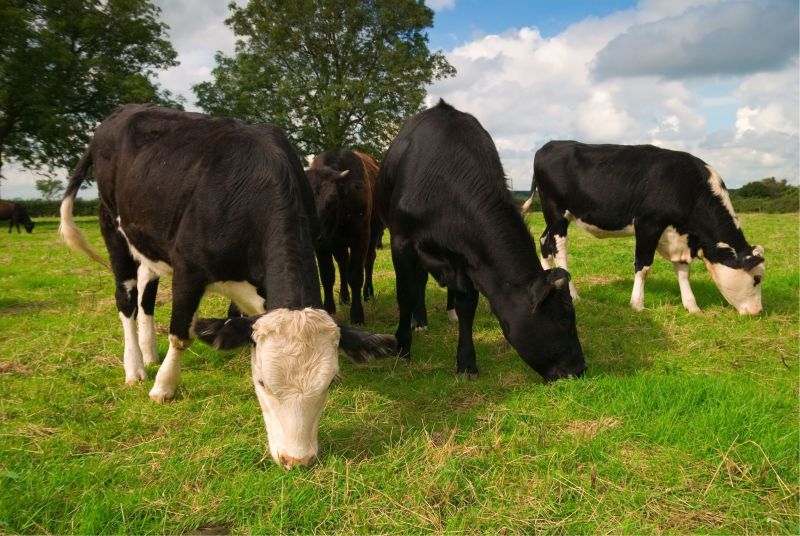
Healthy lower weight cattle finished rapidly are more profitable and produce less methane emissions over their lifetime, a study has revealed.
The unique analysis of six years of real-world data has identified ways to identify the point of ‘peak profit’ for farmers.
The Field2Yield project aimed to develop metrics that would help a farmer predict when an animal should be sold to get maximum returns.
It also looked at ways to improve the herd so that offspring would consistently meet processor specifications.
Historical data along with additional rump width, length, hip, height and body length measurements were analysed as part of the trial to develop models that would allow farmers to benchmark their performance.
For example, growth curves were used to compare consumption over a lifetime for animals that were the same weight at slaughter. This showed that fast finishers are more profitable.
Spearheaded by agri-tech company Breedr and Rothamsted Research, findings will be discussed at the Animal AgTech Innovation Summit today (2 October).
Ian Wheal, founder of Breedr, said: “Field2Yield demonstrated that growth curve analysis offers the potential to estimate the gross feed consumption and emissions of individual cattle, enabling a deeper understanding of the economic and environmental efficiency of livestock production.
“This rigorous science underpins our platform, which offers for the first time objectivity and a data driven approach to the livestock supply chain.”
As animals get larger their efficiency decreases. Because of this, giving farmers the tools to make the decision when to send an animal off could improve profitability and reduce greenhouse gas emissions.
Dr Andrew Cooke, livestock scientist at Rothamsted Research’s North Wyke ‘farm lab’, said: “An animal will consume about 2.5% of its body weight a day in dry matter.
“It is accepted that dry matter intake correlates strongly with methane output – a greenhouse gas.
“Therefore, you may have two animals that are the same weight at slaughter, but if one of those gained more of its weight earlier in its life, it will have consumed more food and produced more methane during its lifetime.”
Breedr, developers of a precision livestock app, is currently looking for farmers and processors to further develop their technology.
Those that see commercial sustainability as vital to reducing environmental impact of beef production are encouraged to apply for a trial.
